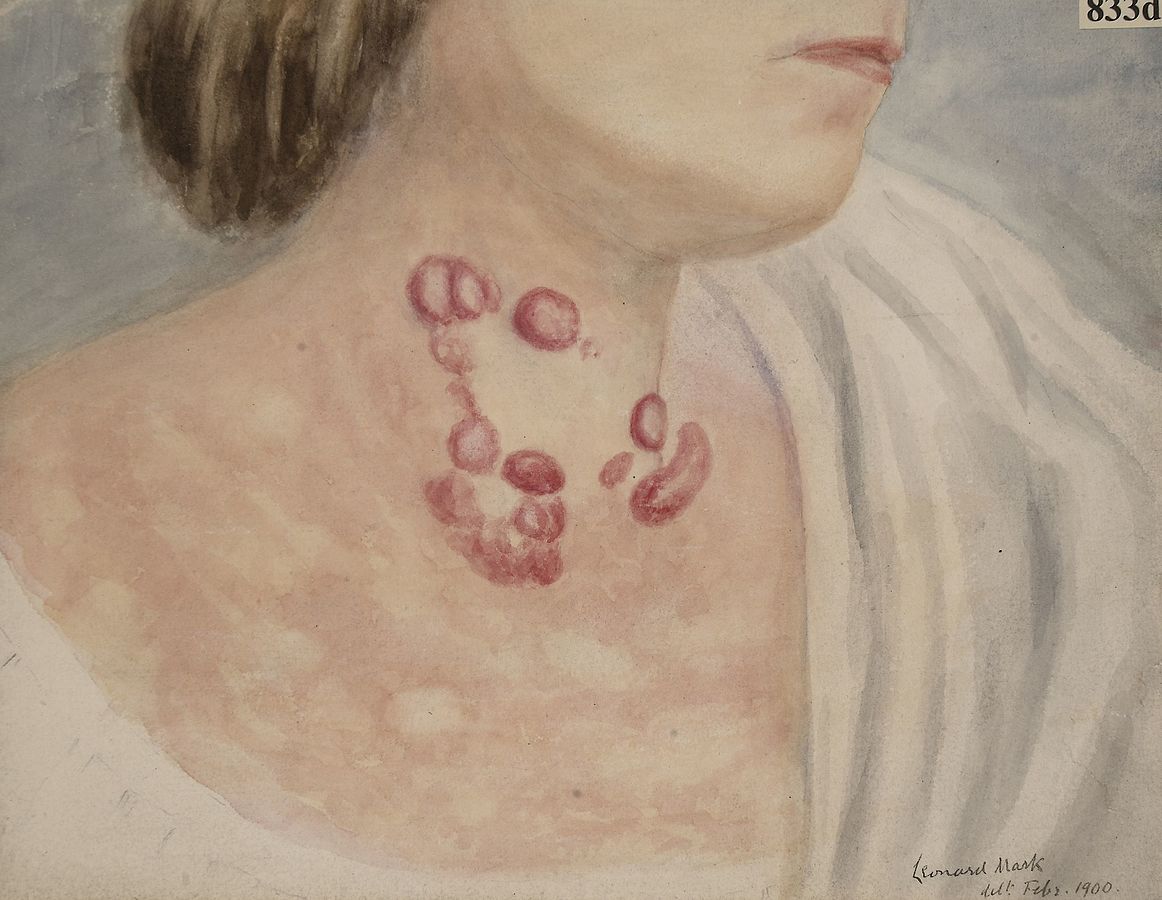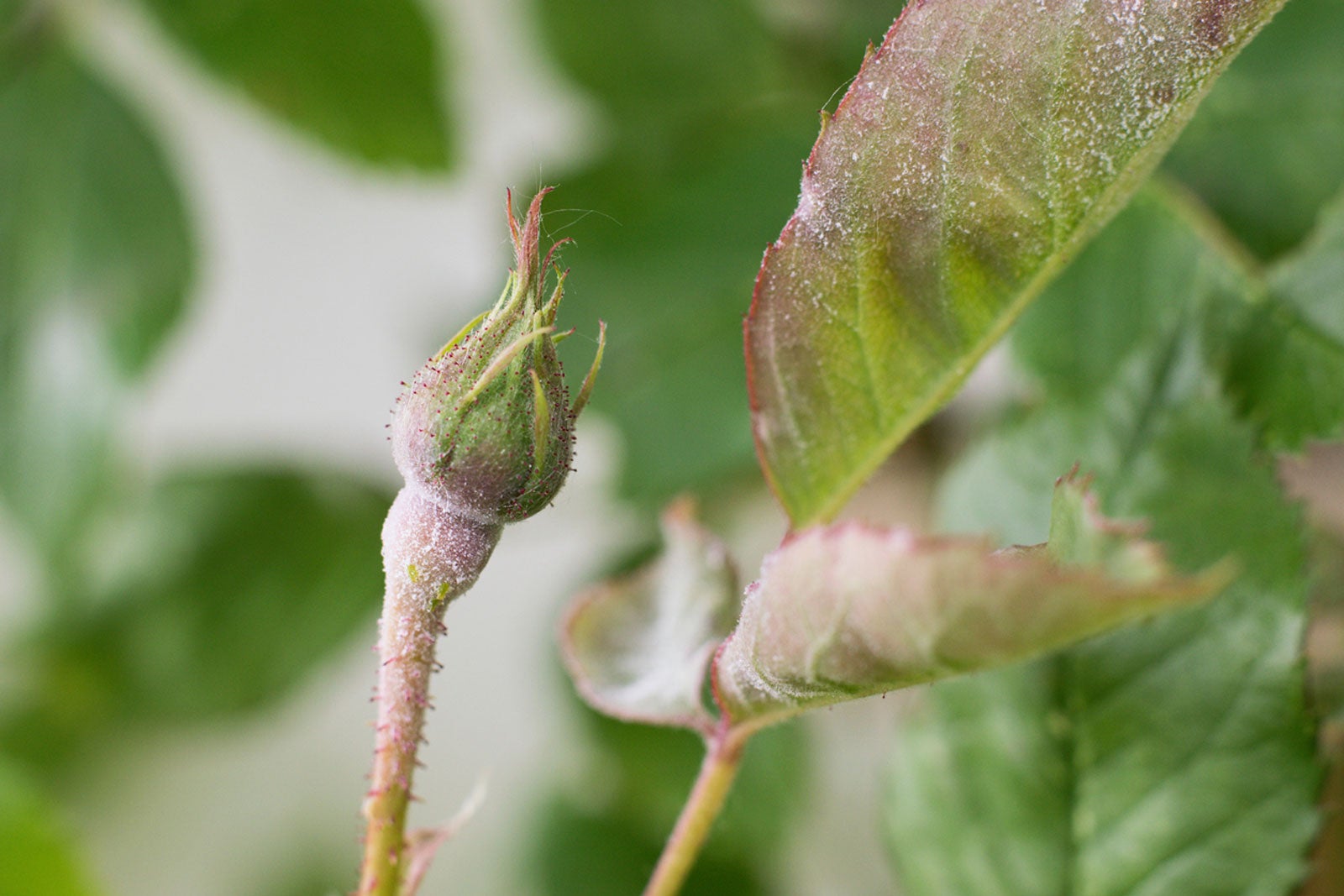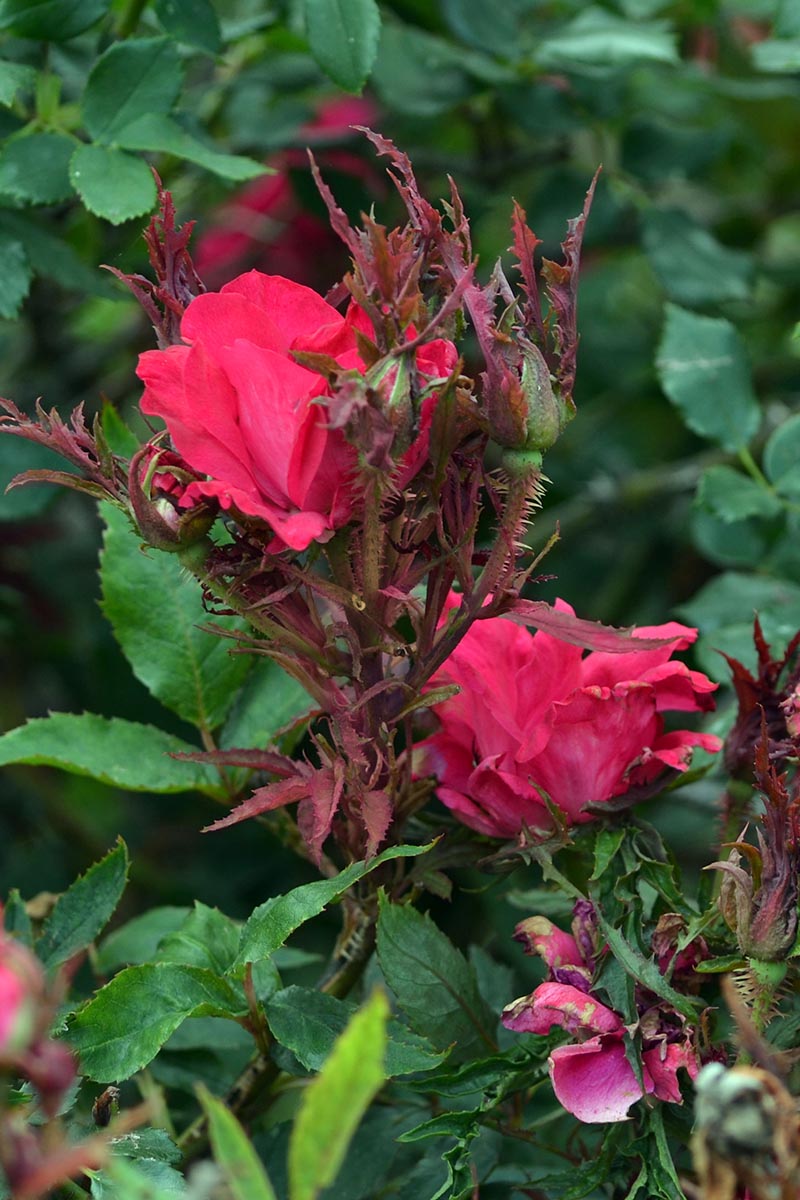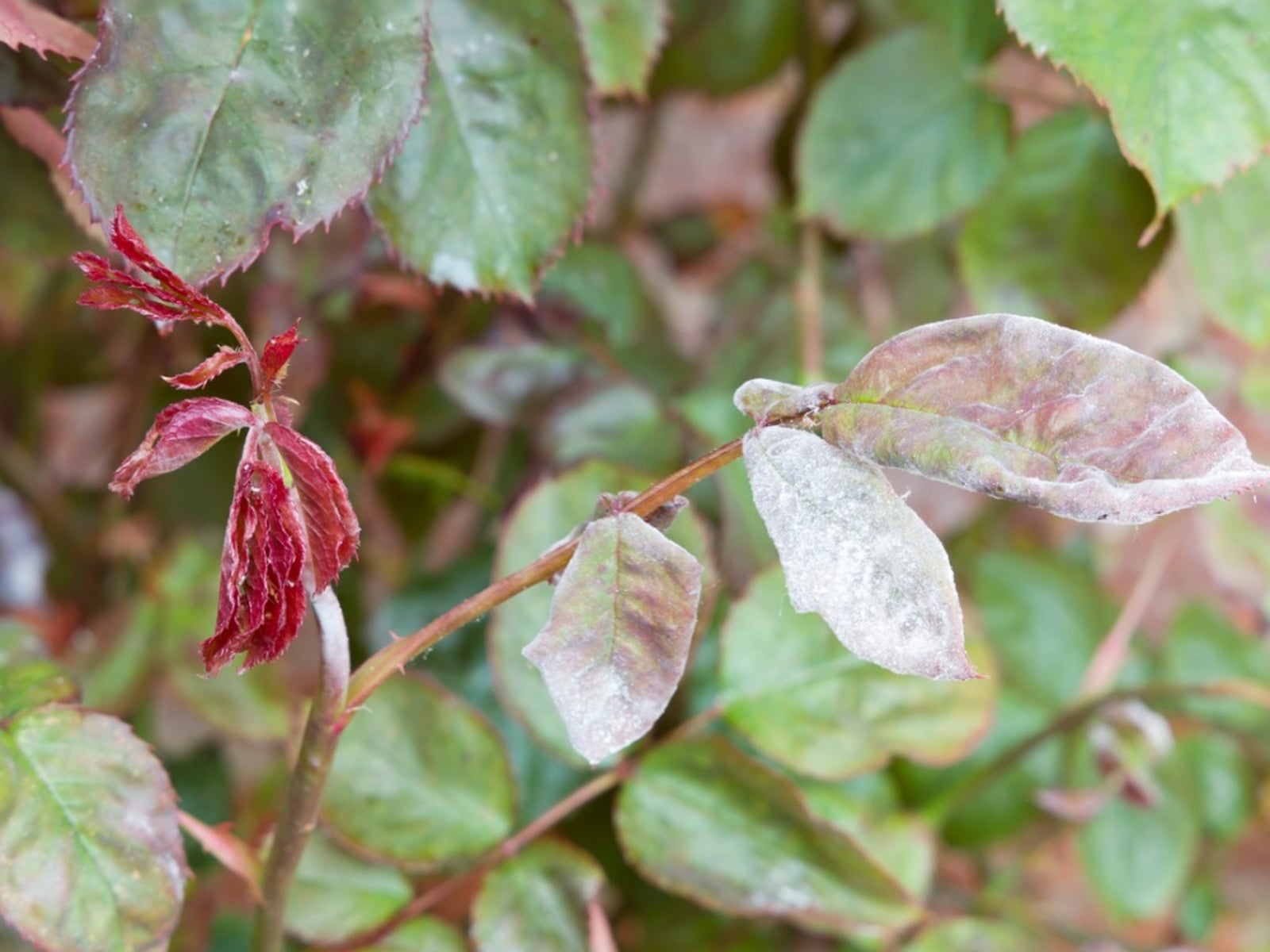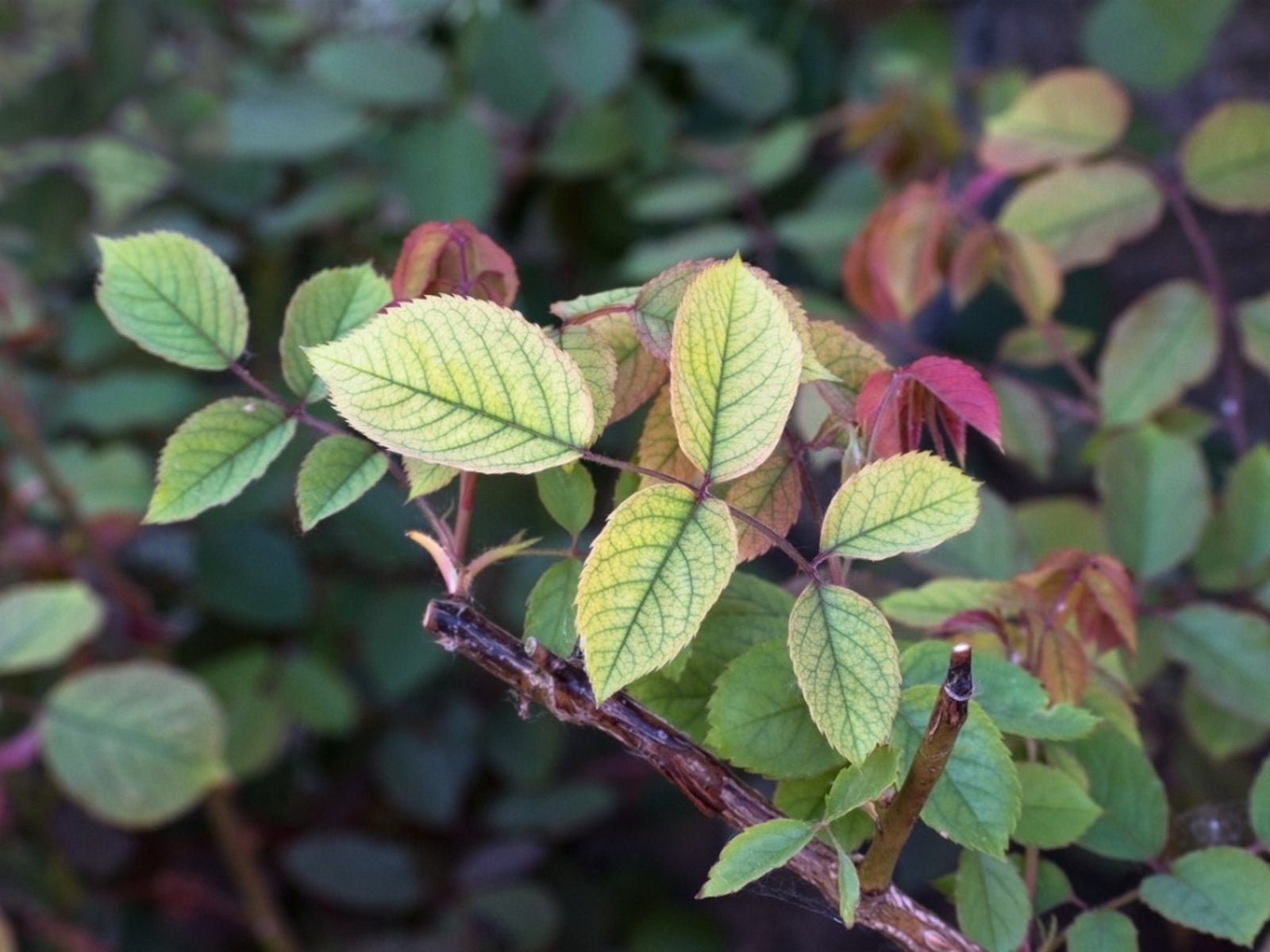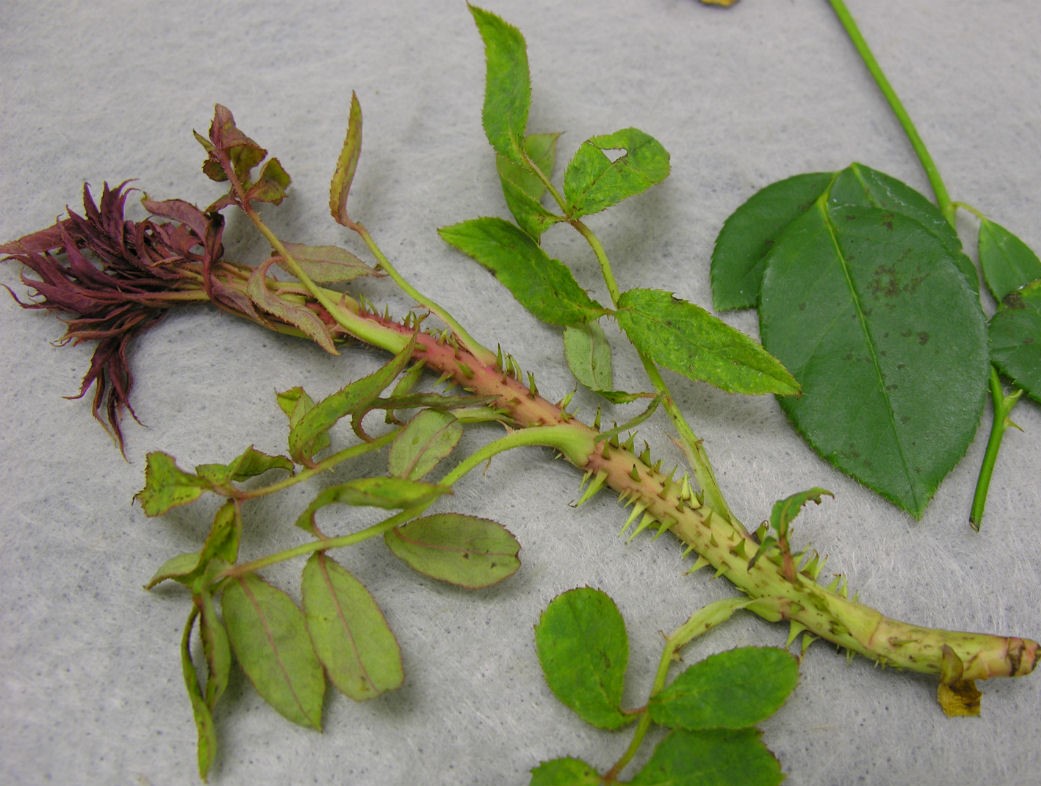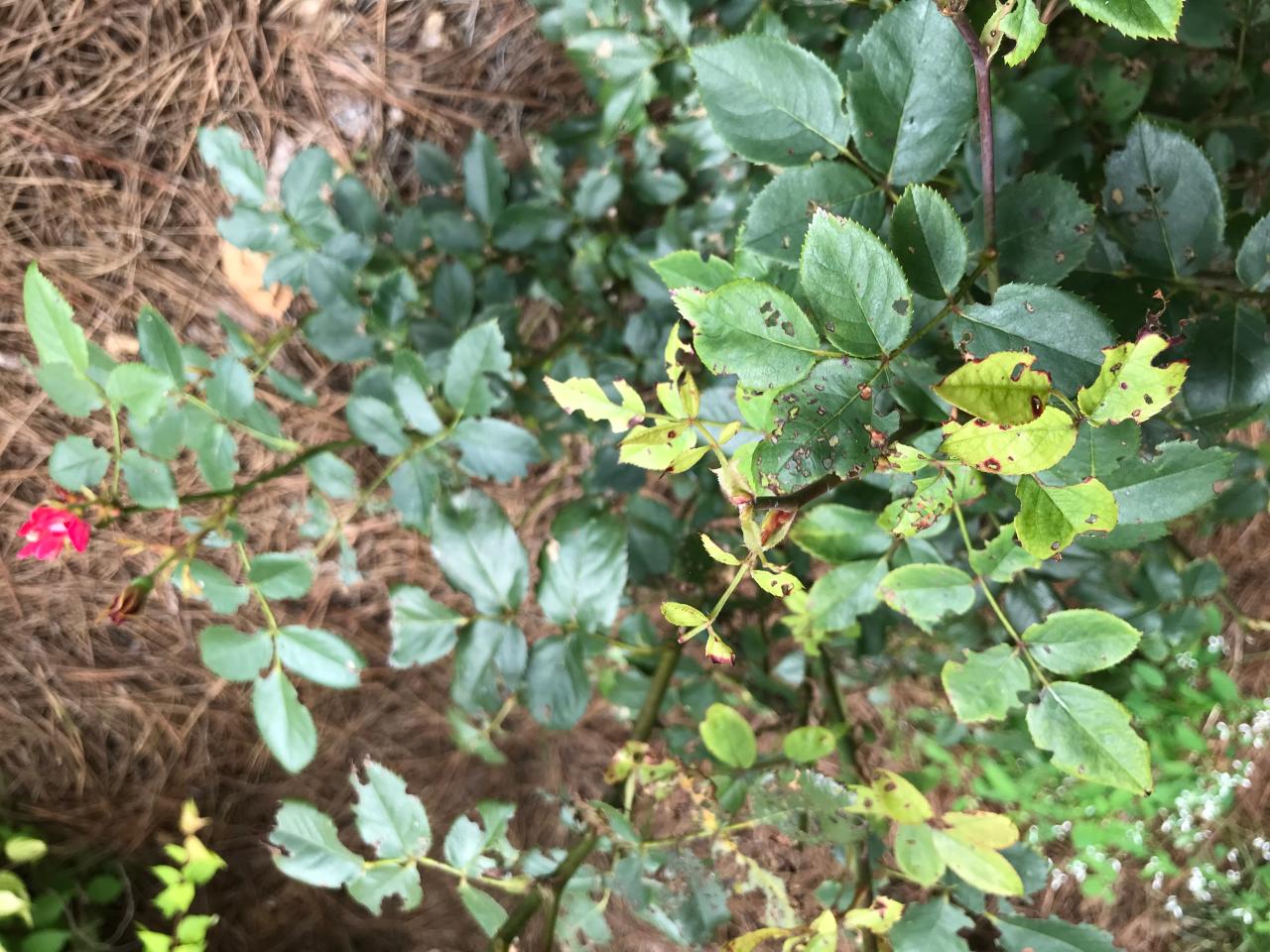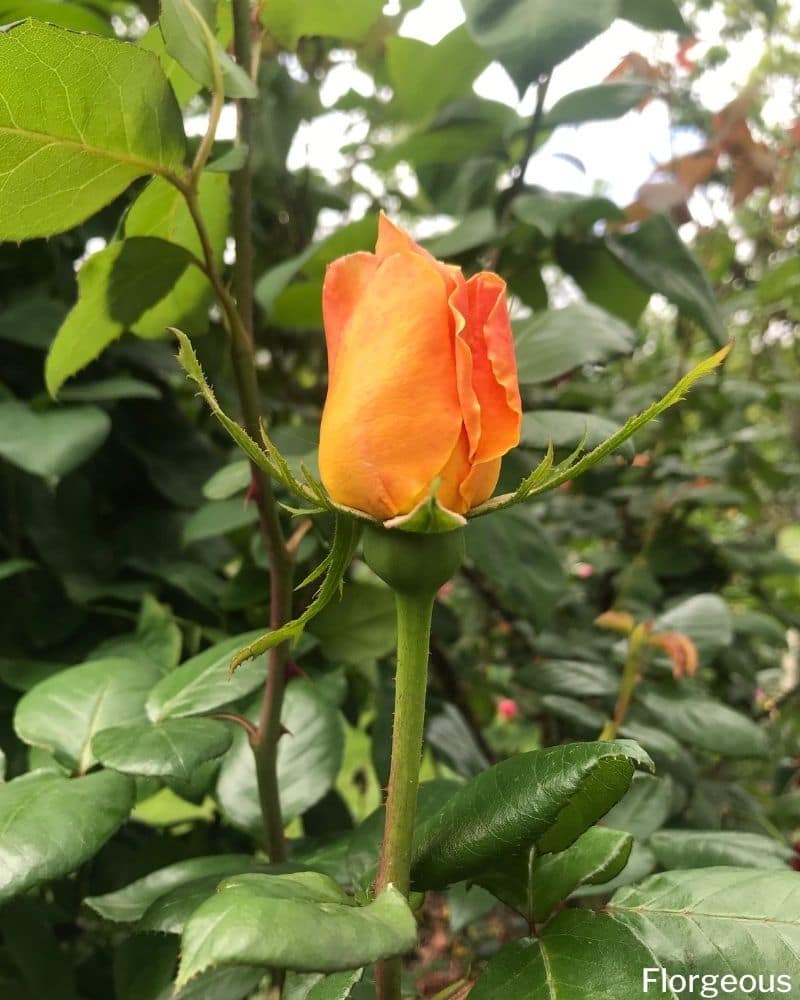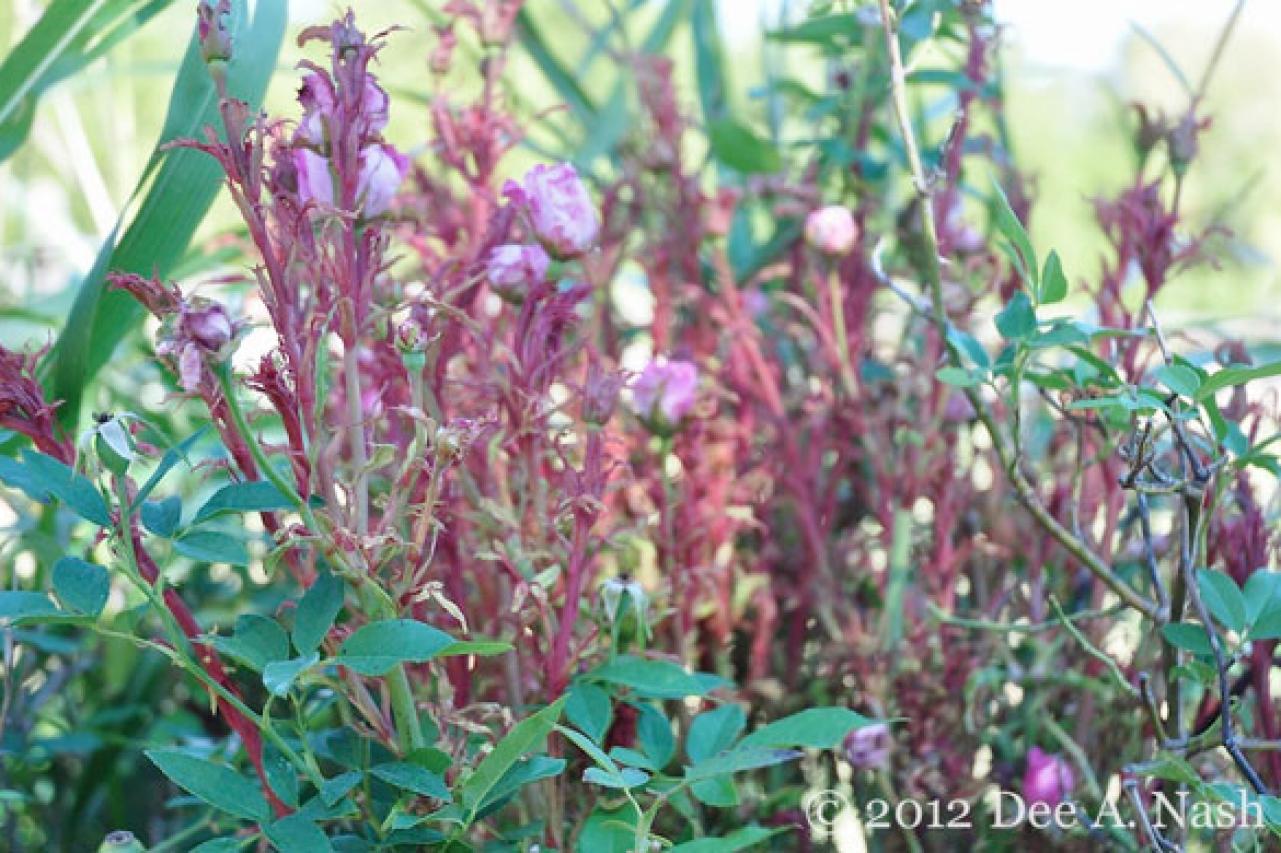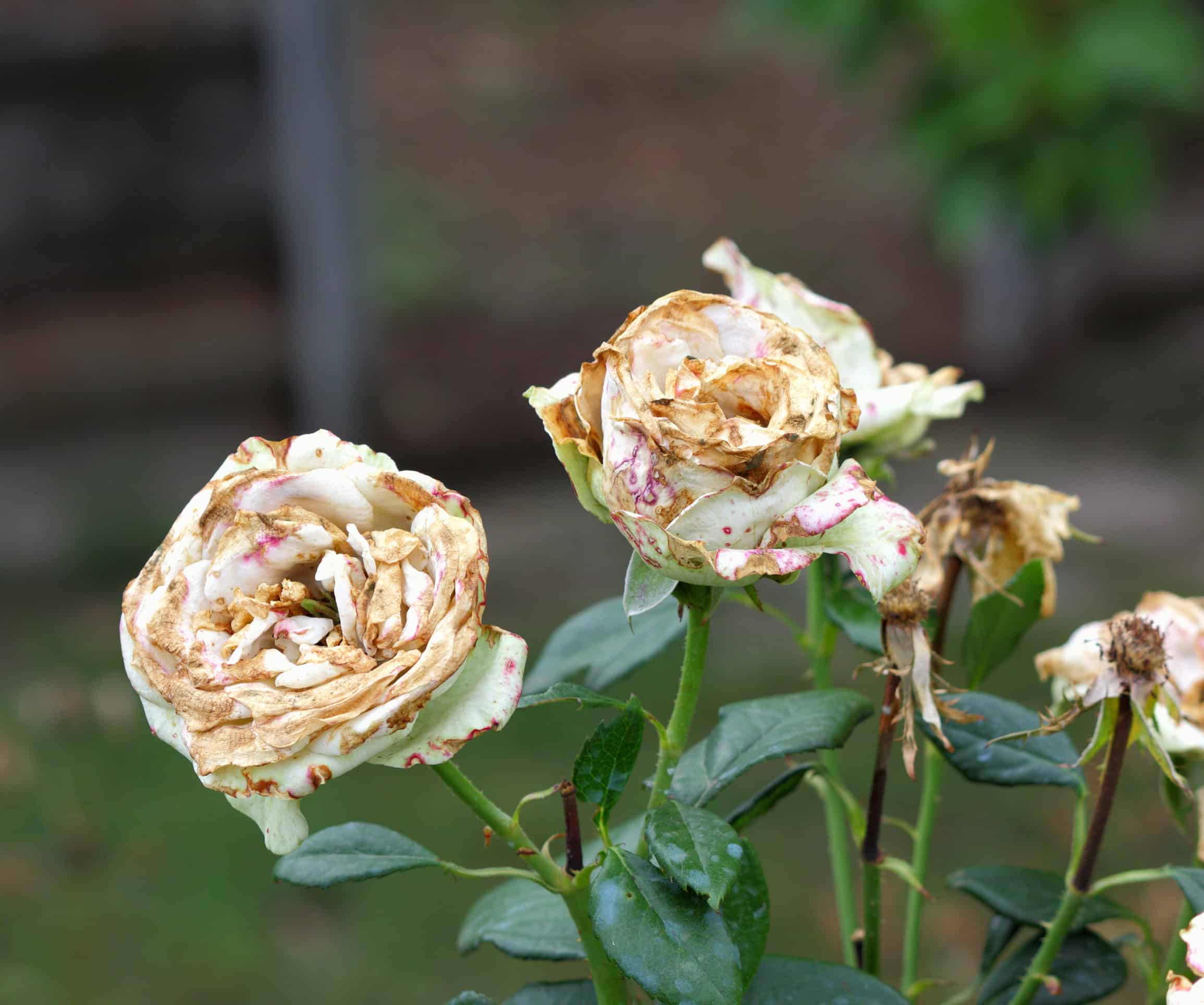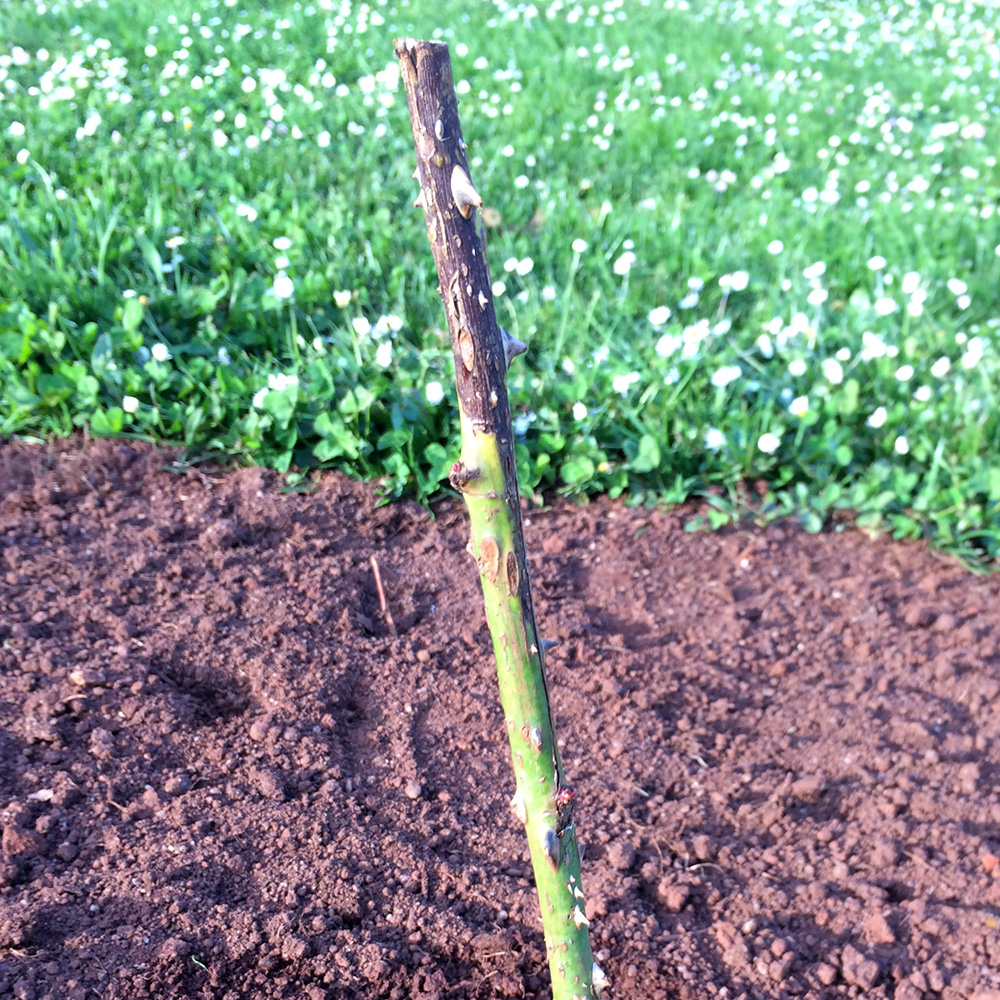Rose Gardeners Disease Symptoms

The disease progresses over a week to several months after the initial exposure to the fungus.
Rose gardeners disease symptoms. The progression of symptoms is typically the following. The nodule is usually painless or only mildly tender. It can be localized or widespread.
The symptoms of cutaneous sporotrichosis usually start to appear between 1 and 12 weeks after infection. Symptoms and signs include cough fever shortness of breath and chills. Roses are known for their thorny stems and mechanical injuries on the plant itself caused by this become the entry points of fungal infection.
Root-knot nematode Meloidogyne species - symptoms of Meloidogyne infestation in roses is stunting slow growth pale green leaves and wilting in mild weather. It usually causes what start out to be benign or noncancerous growths. It is most severe after long wet warm periods in the spring.
Black spot is a common and serious rose disease often reaching epidemic proportions in a season. Sporotrichosis also known as rose handlers disease is a fungal infection that affects skin lungs bone and joint and can be widespread. The test performed to check the level alkaline phosphatase ALT AST albumin and bilirubin.
Rose chafer order Coleoptera. A defining characteristic of this disease is the formation of reddish-brown spots on the woody stem or cane of the rose plant. It causes bumps on the fingers and hand which grows into ulcer like nodules.
The first symptom is a firm bump nodule on the skin that can range in color from pink to nearly purple. These symptoms are also common in Liver diseases. Distorted flower buds and leaves Sticky honeydew Black sooty mold growing on the honeydew Clusters of aphids Ants crawling on the plants and feeding on the honeydew.



